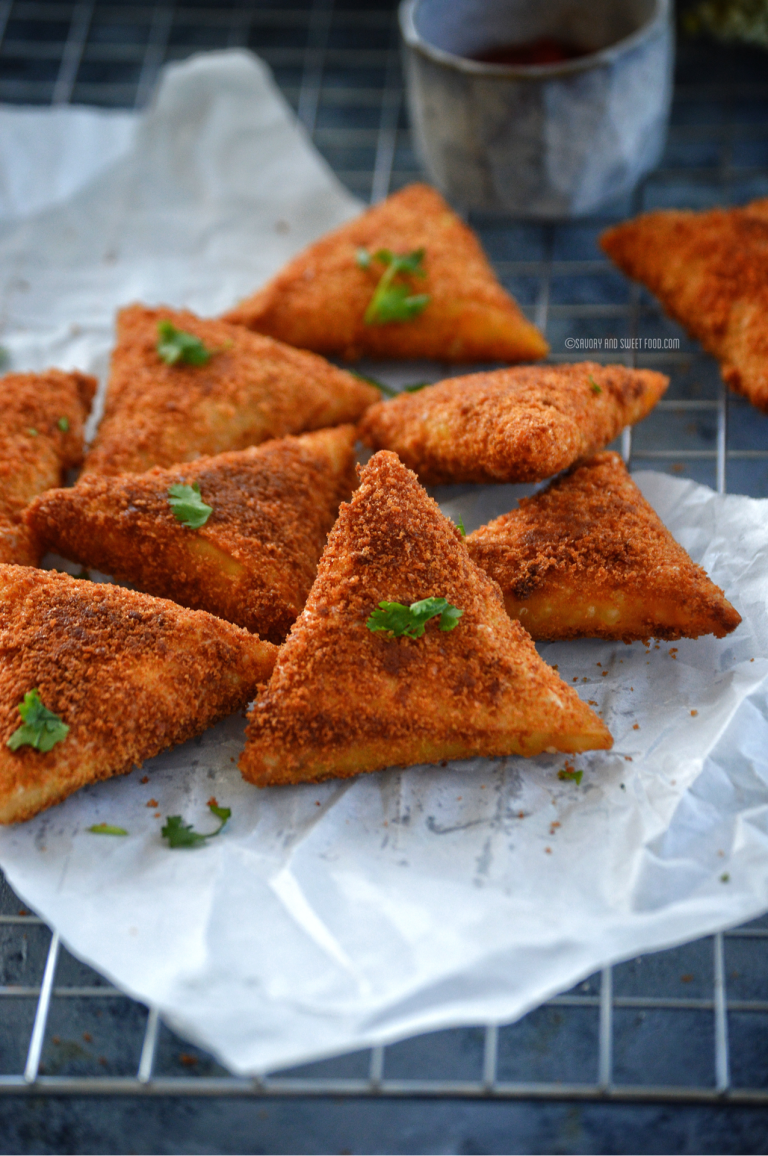Shu’eib Hassen writes
From the Persian kitchen corner of the Ghaznavid empire, the samoosa was first documented by Abul Fazl Beyhaqi in the 11th century. The recipe contained the popular cultural cuisine ingredients of dried fruit, nuts, and minced meat wrapped in pastry to be deep fried until golden and crispy. The savoury-sweet snack soothed diplomatic treatise and political governance in the courts. But, as for all trade and travels, the Ghaznavid empire was only the first fold of its journey.
The empire spread to northern India where eastern spices infused new geographical hues. From the Mughals, the samoosa migrated to the south adding more heat to the taste. The Portuguese introduced its Inca staple vegetable, the potato, into the region where its popularity influenced new recipes. So too, by the 1600s, South Asia had potato samosas as well as other vegetable variations that greatly differed from its dried fruit and nutty beginnings.
The indentured labourers, political prisoners, and slaves from India and the Malay archipelago reached the shores of Cape Town in the 18th century. Along with them, were the foods from their people that found new ingredients amongst each other, and complex comeraderies governed by the ruling colonised hierarchy. The samoosa was reserved for celebrations due to the amount of preparation and its economical viability. It was not a snack designed for easy cooking to feed a family of many.
The contours of the samoosa have gotten sharper to a triangle with less bulge. The South African samoosa is one where the filling needs to meet each corner where the innovations of cheese and corn have become a luxury outcome.
Even the distinction between Cape Malay and Indian samosas can be noticed in their favouring of spices. In addition, there is also the samosa pressed between two slices of bread that has become a larger quick-fix snack.
The pastry crunch symbolises more than an edible treat. It embeds celebration into the meal. The daily household rhythms of samosa filling and folding adds momentum to festivity. From the horizon, the new moon brings Ramadan to the hearts of Muslims. After a day of fasting, the aesthetic appeal of a samosa resting on the table rewards the sacrifice with a familiar flavour rooted in diasporic heritage.









